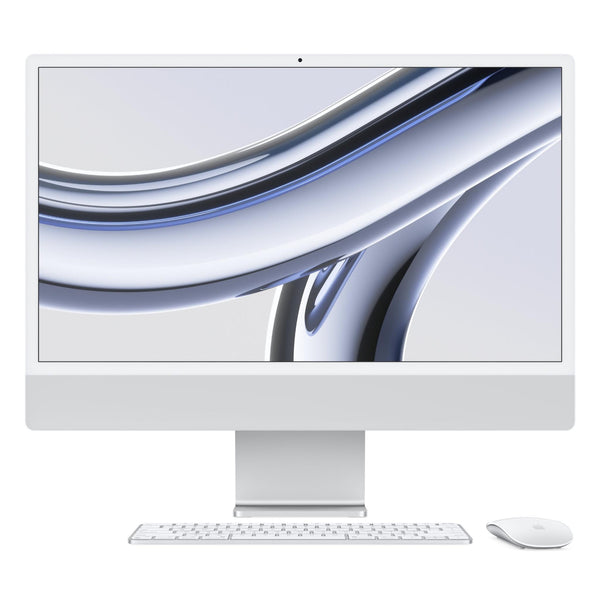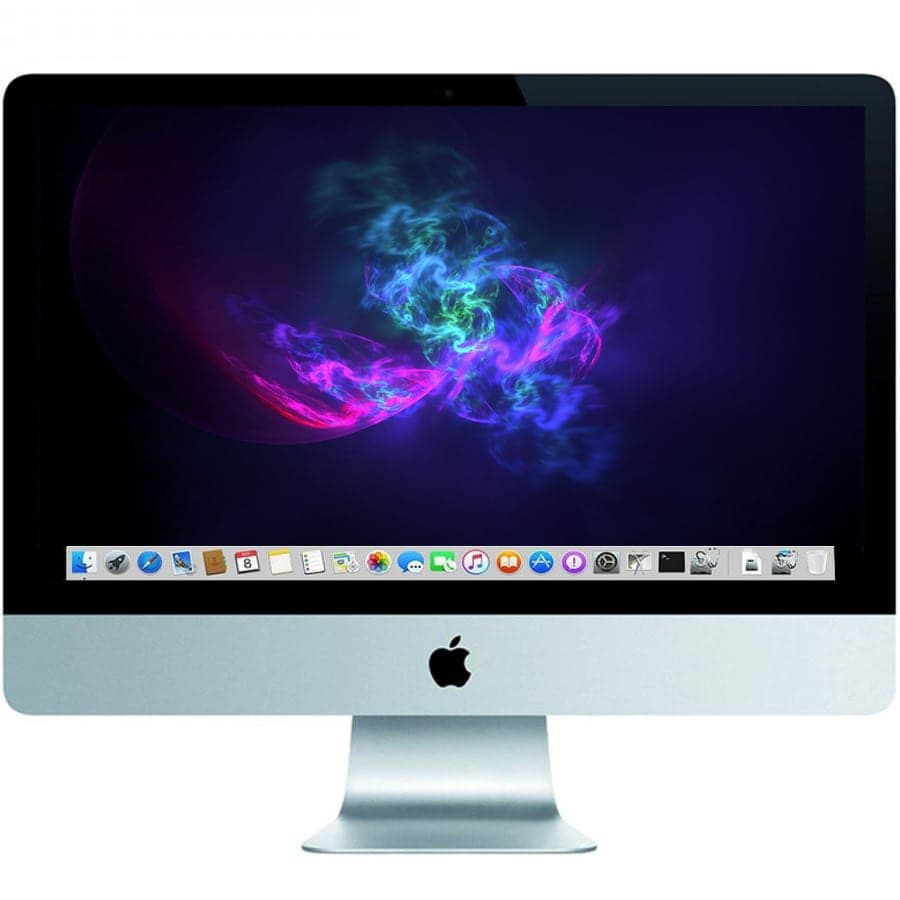Turning on a Mac desktop is the first step towards unlocking a world of productivity, creativity, and entertainment. For those new to Apple’s ecosystem or switching from a different operating system, understanding how to properly start your Mac desktop can enhance your experience with the device. This article provides a straightforward guide on how to turn on Mac desktop and troubleshoot common startup issues.
Starting Up Your Mac Desktop
The Basics of Turning On
To turn on your Mac desktop, simply press the power button. On most Mac models, you’ll find this button located on the back of the monitor or the main body of the computer. When you press the button, you should hear a startup chime or see the Apple logo appear on the screen, indicating the computer is booting up. It’s as easy as that.
Setting Up Automatic Login
For convenience, you can set your Mac to automatically log you in without typing a password. To set this up, go to System Preferences, click on ‘Users & Groups’, then click on ‘Login Options’. Choose ‘Automatic login’ and select your user account. Note that for security reasons, it’s usually better to require a password on startup, especially for laptops or if multiple people have access to your Mac.

Understanding Mac Boot Modes
The Standard Boot Process
Under normal circumstances, your Mac will boot up in the standard mode. This means it will load the operating system and all necessary system files, ending on the desktop or login screen from where you can access files, applications, and settings.
Advanced Boot Modes for Troubleshooting
If your Mac is experiencing issues, you may need to use one of several advanced boot modes for troubleshooting. These include Safe Mode, which you can enter by holding the Shift key while booting to load only essential system software; Recovery Mode, entered by holding Command + R, which accesses macOS Recovery for system repair; and Verbose Mode, activated by pressing Command + V, which shows detailed startup information useful for diagnosing issues.
Configuring Energy-Saving Features
Adjusting Sleep and Shutdown Settings
Maximize energy savings by configuring sleep and shutdown settings on your Mac. In System Preferences under ‘Energy Saver’, you can set the time intervals after which your Mac goes to sleep when it’s not in use. You can also set schedules for automatic startup and shutdown at certain times of day.
Utilizing Power Nap and Wake for Network Access
Take advantage of Power Nap, a feature that allows your Mac to perform useful activities during sleep, such as checking for new emails or making backups. Also, ‘Wake for network access’, allows other devices to access shared services on your Mac without needing to wake it fully, both accessible in the Energy Saver section.

Personalizing Your Startup Experience
Customizing Login Items
You can personalize your Mac’s startup experience by customizing the login items – applications or services that automatically launch when you log in. To manage these, go to ‘Users & Groups’ in System Preferences, select your profile and then the ‘Login Items’ tab. There you can add or remove items as you prefer.
Managing Desktop Spaces and Wallpaper
Create a stimulating work environment by managing your desktop spaces and wallpaper. Use ‘Mission Control’ to organize multiple virtual desktops for different tasks and change the wallpaper under ‘Desktop & Screen Saver’ in System Preferences to keep your workspace vibrant and inspiring.
Troubleshooting Startup Problems
Identifying the Issue
If your Mac desktop doesn’t start up correctly, identify what’s happening or not happening. Look for signs like the startup chime, the Apple logo, progress bars, or error messages, which can give clues to where the problem may lie.
Common Solutions to Startup Problems
Some common solutions to startup problems include resetting the NVRAM or PRAM (holding Command + Option + P + R during startup), resetting the System Management Controller (SMC), and running Disk Utility in Recovery Mode to repair disk issues.

Keeping Your Mac Desktop Updated
Running Regular Software Updates
Maintaining the latest software updates is crucial for the reliability and performance of your Mac desktop. Access ‘Software Update’ in System Preferences to check for and install any available updates to macOS as well as your installed apps.
Scheduling Periodic Hardware Checks
Schedule periodic hardware checks to pre-empt potential problems. Apple Diagnostics, accessed by holding D during startup, can test your Mac’s hardware and suggest solutions if any issues are found.
Utilizing Mac’s Startup Keyboard Shortcuts
Familiarizing Yourself with Key Combinations
To harness the full potential of your Mac desktop, familiarize yourself with several important keyboard shortcuts. These combinations control various startup options and can be crucial when modifying the system’s behavior. For example, holding the Option key during startup takes you to the Startup Manager, where you can select different startup disks if available.
Enhanced Control at Boot Up
These shortcuts put you in control right from boot up. They enable access to features like Target Disk Mode (holding the T key), which lets your Mac act as an external hard drive, or Startup Manager (holding Option), which is especially useful for those running multiple operating systems on their Mac.
Maximizing Performance from Startup
Regular Maintenance Routines
Just like turning on your Mac desktop, maintaining peak performance is a daily process. Make it a habit to regularly tidy up your storage space, close unnecessary applications, and manage the desktop to reduce clutter. Simplifying your startup process by limiting login items can result in faster boot times and more resources available for immediate use.
Upgrading Hardware for Better Speeds
For those looking to boost their Mac’s startup speed and overall performance, consider hardware upgrades like more RAM or switching to an SSD if you’re still using an HDD. These investments can dramatically shorten your Mac’s boot time and enhance responsiveness while multitasking or handling resource-intensive applications.
Enriching Your Workspace through Accessories
Choosing the Right Peripherals
Such as choosing suitable peripherals that complement your work. A reliable mouse and keyboard, matched with a vivid external monitor, can extend the functionality and convenience of your Mac desktop environment. Ensuring these are compatible and set up correctly can save you time at startup and enhance productivity throughout the day.
Organizing for Efficiency
Take control of your workspace organization. Position your Mac desktop and its accessories ergonomically, keep cables managed, and your desk space tidy. A well-organized space leads to fewer distractions, allowing you to boot up and start working with a clear mind.
Preventing Security Issues
Enabling Essential Security Measures
Keep your Mac secure right from startup by enabling essential security features. FileVault encryption can protect your data if your Mac falls into the wrong hands, while the Firewall helps block unauthorized network access. Both can be configured in System Preferences under Security & Privacy.
Being Vigilant with Software Sources
Additionally, ensure you only install trusted software from reputable sources like the App Store or well-known developers. Avoid starting applications randomly at boot up unless you trust them, as this can create security vulnerabilities. Regularly check for macOS and application updates, as they often contain vital security patches to keep your system safe.
Embracing the Mac Ecosystem
Integrating with Other Apple Devices
Make the most of your Mac desktop by integrating it with other Apple devices. Features like Handoff, Universal Clipboard, and AirDrop can enhance your productivity from the moment you turn on your Mac. These services allow seamless transition of work between your Mac, iPhone, iPad, or Apple Watch, creating a cohesive ecosystem for your tasks.
Discovering New macOS Features
Lastly, stay curious and educate yourself about new macOS features and updates. Apple frequently introduces tools designed to improve workflow and efficiency. Take the time to explore the latest macOS offerings after each update, as these new features could transform how you use your Mac desktop from the moment you power it up.
Powering on your Mac desktop is the gateway to your productivity and having an understanding of the various facets of starting, troubleshooting, and managing your machine can significantly bolster your working experience. Simple steps for the initial turn on, customizing your startup, and keeping your system updated ensure that your Mac desktop is always ready to meet your day’s demands. Stay vigilant with regular checks and updates, and you’ll ensure a smooth, efficient environment that supports your tasks with reliability and style. Whether you’re diving into a day of intense work or exploring creative pursuits, a properly managed Mac desktop is the steadfast companion that ensures you can focus on what matters — your productivity.
